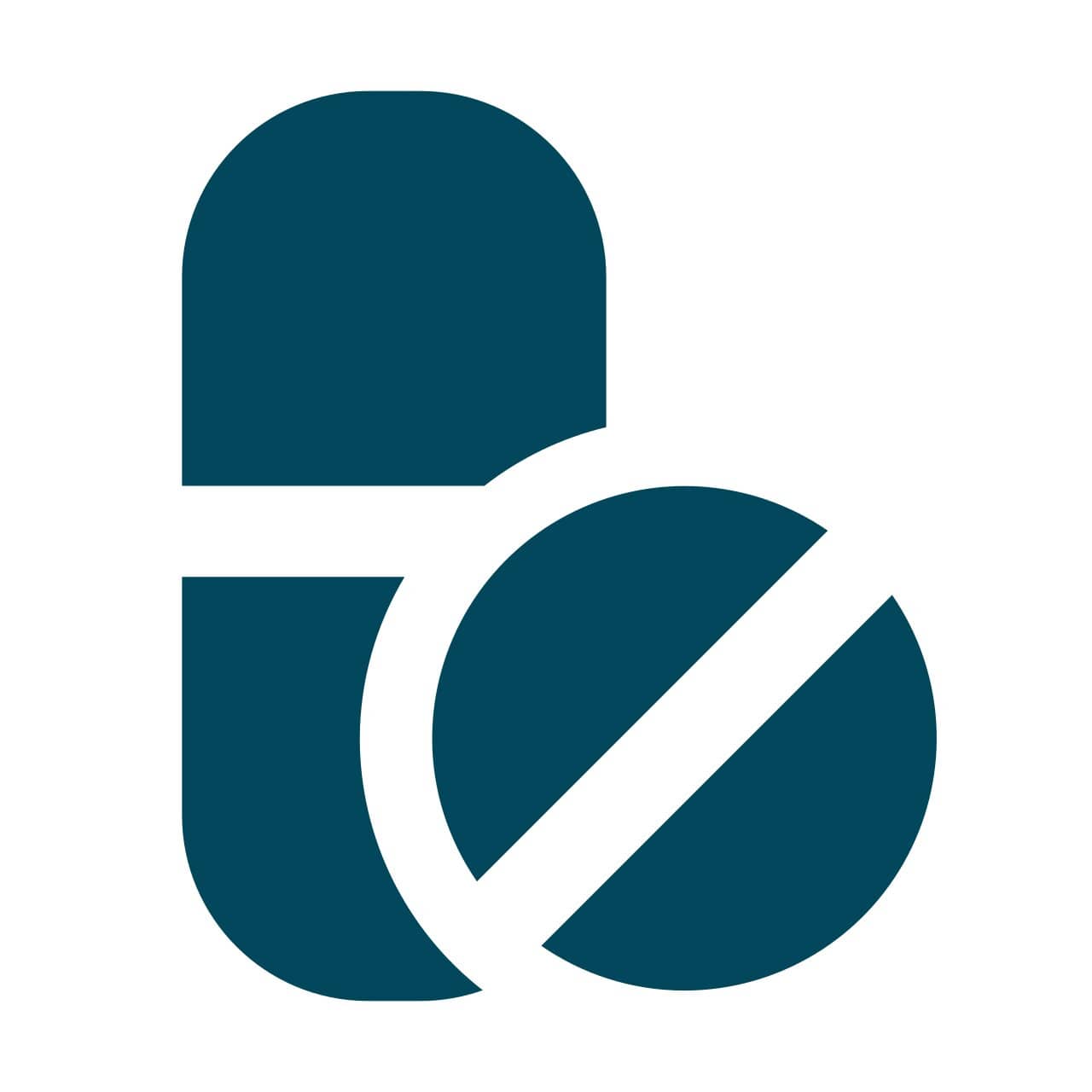Cephalexin
About Cephalexin
Cephalexin belongs to the group of antibiotics called cephalosporin, used to treat various bacterial infections of the nose, lungs, ear, bones, joints, skin, urinary tract, prostate gland, and reproductive system. Besides this, Cephalexin is also used to treat dental infections. Bacterial infections are caused due to the multiplication of harmful bacteria inside or on the body. These harmful bacteria produce chemicals known as toxins, which can damage tissue and cause illness. Cephalexin does not work against infections caused by the virus, including cold and flu.
Cephalexin contains Cephalexin, which is bactericidal in nature. It works by blocking enzymes responsible for producing peptidoglycan, a crucial component of the bacterial cell wall. Thus, it kills the bacteria and helps in treating and preventing the spread of infections.
The dose and duration of Cephalexin can vary depending on your condition and the severity of the infection. Additionally, it is recommended to complete the entire course of medicine, even if you feel better, as it is an antibiotic, and discontinuing it prematurely may lead to a severe infection and antibiotic resistance. In some cases, you may experience certain common side effects, such as diarrhoea, nausea, vomiting, indigestion, stomach pain, and skin rashes. Most of these side effects do not require medical attention and will resolve gradually over time. However, you are advised to talk to your doctor if you experience these side effects persistently.
Before starting Cephalexin, please inform your doctor if you have any allergies (to any antibiotic), kidney, or liver problems. Do not take Cephalexin on your own, as self-medication may lead to antibiotic resistance, in which antibiotics fail to act against specific bacterial infections. Avoid taking Cephalexin if you are pregnant or breastfeeding unless prescribed by a doctor. Cephalexin should not be given to children below 5 years.
Uses of Cephalexin
• Respiratory Tract Infections: Cephalexin is used in the treatment of pharyngitis (sore throat), tonsillitis (tonsil inflammation), bronchitis (airway inflammation), and pneumonia (lung infection).
• Ear Infections: Cephalexin is effective in treating middle ear infections (otitis media), especially in children.
• Skin and Soft Tissue Infections: Cephalexin is commonly indicated for bacterial skin infections, such as cellulitis (affects the middle skin layers/dermis and underlying tissues), impetigo (a highly contagious skin infection that affects the outer skin layers), and infected wounds or surgical incisions.
• Bone Infections: Cephalexin is effective in treating mild bone infections caused by bacteria like Staphylococcus aureus.
• Genitourinary Tract Infections: Cephalexin helps manage bacterial infections of the urinary and reproductive systems, including cystitis (bladder inflammation), pyelonephritis (kidney infection), and acute prostatitis (inflammation of the prostate gland).
• Dental Infections: Cephalexin may be prescribed to treat dental abscesses (infection at the tooth root or in the gums), gum infections (gingivitis or periodontitis), and sometimes for infection control after dental procedures.
Medicinal Benefits
Cephalexin belongs to the group of antibiotics called cephalosporin, used to treat various bacterial infections of the nose, lungs, ear, bones, joints, skin, urinary tract, prostate gland, and reproductive system. Cephalexin contains Cephalexin, which is bactericidal in nature. It works by blocking the activity of enzymes that are responsible for making peptidoglycan, an important component of the bacterial cell wall. Thus, it kills the bacteria and helps in treating and preventing the spread of infections. Cephalexin is a broad-spectrum antibiotic that is effective against a wide range of bacteria, such as gram-positive staphylococci and streptococci bacteria, including susceptible isolates of Staphylococcus aureus, Streptococcus pneumoniae, S. pyogenes, Haemophilus influenzae, Klebsiella pneumoniae, Moraxella catarrhalis, and Proteus mirabilis.
Directions for Use
- Cephalexin can be taken with or without food, as advised by your doctor.
- Follow your doctor's instructions on the dosage and timing of this medication to ensure safety.
- Disperse the tablet in a glass of water, stir well, and consume the mixture immediately.
- Do not store the mixture for later use.
- Do not swallow the tablet as a whole.
Storage
Side Effects of Cephalexin
- Diarrhoea
- Nausea
- Vomiting
- Indigestion
- Stomach pain
- Skin rashes
Drug Warnings
Before starting Cephalexin, please inform your doctor if you have any allergies (to any antibiotic), bowel disease, seizures, diabetes, or kidney or liver problems. Do not take Cephalexin if you have porphyria (a hereditary metabolic disorder). Consult your doctor if you experience a skin rash or prolonged, significant diarrhoea with abdominal pain. Talk to your doctor before taking Cephalexin if you have/had inflammation of the intestine. Long-term usage of Cephalexin may lead to interaction with resistant bacteria and fungi. Avoid taking Cephalexin if you are pregnant or breastfeeding unless prescribed by a doctor. Cephalexin should not be given to children below 5 years.
Drug Interactions
Drug-Drug Interactions: Cephalexin may interact with antibiotics (capreomycin, vancomycin, gentamicin, neomycin, tobramycin, cefuroxime), antifungals (amphotericin), antigout drugs (probenecid), antidiabetics (metformin), diuretics (furosemide, bumetanide), and immunosuppressants (mycophenolate mofetil).
Drug-Food Interactions: No interactions found/established.
Drug-Disease Interactions: Cephalexin may have interactions with colitis (inflammation in the lining of the colon), seizure disorders, porphyria (a hereditary metabolic disorder), diabetes, dialysis, or kidney or liver dysfunction.
Drug-Drug Interactions Checker List:
Safety Advice

Alcohol
cautionAvoid or limit alcohol consumption while taking Cephalexin.

Pregnancy
cautionCephalexin belongs to pregnancy category B. Please consult your doctor if you are pregnant before taking Cephalexin. Your doctor will prescribe Cephalexin only if the benefits outweigh the risks.

Breast Feeding
cautionCephalexin may pass into breast milk. Please consult your doctor if you are breastfeeding before taking Cephalexin. Your doctor will prescribe Cephalexin only if the benefits outweigh the risks.

Driving
safe if prescribedCephalexin may cause dizziness in some people. If you feel dizzy after taking Cephalexin, avoid driving or operating machinery until you are fully alert.

Liver
cautionDose adjustment may be needed. Please consult your doctor before taking Cephalexin if you have liver impairment/liver disease.

Kidney
cautionDose adjustment may be needed. Please consult your doctor if you have kidney impairment/kidney disease before taking Cephalexin.

Children
safe if prescribedCephalexin is safe for children above 5 years if prescribed by a doctor. The dose and duration may vary depending upon the child’s weight and severity of the infection.
Habit Forming
Diet & Lifestyle Advise
- Antibiotics can alter the beneficial bacteria in the stomach, which help with indigestion. Therefore, you are advised to consume foods rich in probiotics, such as yoghurt, curd, kefir, sauerkraut, tempeh, kimchi, miso, kombucha, buttermilk, natto, and cheese.
- Eat fibre-rich food like whole grains, beans, lentils, berries, broccoli, peas, and bananas.
- Avoid foods rich in calcium, such as grapefruit, and grapefruit juice, as they may interfere with the absorption of antibiotics.
- Avoid alcohol consumption and tobacco smoking to treat your condition effectively.
- To cure your condition effectively, complete the full course of Cephalexin even though you find symptomatic relief.
Special Advise
- Cephalexin may affect certain laboratory test results such as blood tests for liver function, glucose tests, and Coombs tests. Inform the person doing the tests that you are taking Cephalexin.
Patients Concern
Disease/Condition Glossary
Bacterial infections: A bacterial infection is a condition in which harmful bacteria enter, multiply, and infect our body. Infectious or harmful bacteria can make you sick and reproduce quickly in your body. These harmful bacteria produce chemicals known as toxins, which can damage tissue and make you sick. It can target any body part and multiply very quickly. When infected with bacteria, you can experience generalized symptoms like fevers, chills, and fatigue. Bacteria are of various forms, commonly spherical, rod, and spiral-shaped. Bacterial infections vary from minor illnesses, like sore throat and ear infections, to severe brain infections, like meningitis and encephalitis. Anyone can become infected with a bacterial infection. However, people with weak immune systems or those taking immunosuppressive medicine are more prone to bacterial infection.
FAQs
Cephalexin is used to treat various bacterial infections of the nose, lungs, ear, bones, joints, skin, urinary tract, prostate gland, and reproductive system. Besides this, it is also used to treat dental infections.
Cephalexin contains Cephalexin, which is bactericidal in nature. It works by blocking enzymes responsible for making peptidoglycan, an important component of the bacterial cell wall. Thus, it kills the bacteria and helps in treating and preventing the spread of infections.
Diarrhoea might be a side-effect of Cephalexin. Drink lots of fluids and eat food rich in fibre if you experience diarrhoea. If you find blood in stools (tarry stools) or if you experience prolonged diarrhoea with abdominal pain, stop taking Cephalexin and consult your doctor. Do not take anti-diarrheal medicine on your own.
It is recommended to complete the course of Cephalexin even if you feel better as it is an antibiotic, and leaving it in between may lead to even severe infection that will, in fact, stop responding to the antibiotic as well (antibiotic resistance).
Do not take Cephalexin on your own, as self-medication may lead to antibiotic resistance, making antibiotics ineffective against specific bacterial infections.
Cephalexin may affect certain laboratory test results such as blood tests for liver function, glucose, and coombs. Inform the person doing the tests that you are taking Cephalexin.
Cephalexin might interfere with the effectiveness of oral contraceptives (birth control pills). This could lead to an unplanned pregnancy. Consult your doctor if you have any concerns regarding this; your doctor may suggest an alternate method of contraception.
Cephalexin is usually safe if used as directed by a physician. However, like all medications, it may cause certain side effects, which are generally mild and temporary and may go away on their own with time.
If you don't feel better after using Cephalexin, contact your doctor. The infection may not respond due to incorrect diagnosis, antibiotic resistance, or underlying conditions. Your doctor will reassess, possibly conduct tests, and adjust treatment. Don't self-medicate or repeat the course without consulting your doctor, as this risks antibiotic resistance and side effects.
To effectively treat your infection, it's essential to complete the full course of Cephalexin as prescribed by your doctor, even if symptoms improve. Stopping the antibiotic early can allow bacteria to survive, leading to a decline and increased risk of antibiotic resistance. If you are experiencing side effects, consult your doctor for guidance to ensure proper treatment and minimize risks.
The most common side effects of Cephalexin include diarrhoea, nausea, vomiting, indigestion, stomach pain, and skin rashes. These side effects are usually mild and temporary and resolve as your body adjusts to the medication. However, if any side effects persist or worsen, it's essential to consult your doctor for proper guidance and care.
Disperse Cephalexin in a glass of water, stir well, and consume the mixture immediately. Do not store the mixture for later use. Do not swallow the tablet as a whole. Be sure to follow the recommended dose and duration of treatment. Taking the medication as instructed will help ensure its effectiveness and minimize potential side effects.








